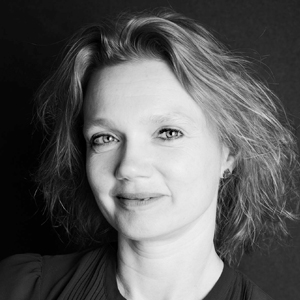Radical Ruralities
Living labs for a better world
Since 1974, Hugh Piggot has been living off-grid and off-road in Scoraig – a peninsula in North West Scotland. After obtaining an academic degree at Cambridge, he decided to build a windmill to provide electric lighting in the crashing winter storms, and this has been his vocation ever since. From a DIY engineer, he became a leading wind energy expert. His Wind Turbine Recipe Book is a bestseller in the world of community living. It describes how to build a range of different sizes and voltages for wind turbines, and it is continually being discussed and updated online.
It is impossible to say how many of these windmills have been built worldwide, but Suderbyn – an intentional community in Sweden – has one. Their Piggot Wind Turbine is part of a Closed Loop system: a circular system for small-scale food and energy production, even in cold and biologically sensitive areas. The system integrates a geo-solar greenhouse using smart design and renewable, locally produced energy; a micro-biogas digester which uses organic waste for energy production; and an aeroponics system for soil-free plant cultivation.
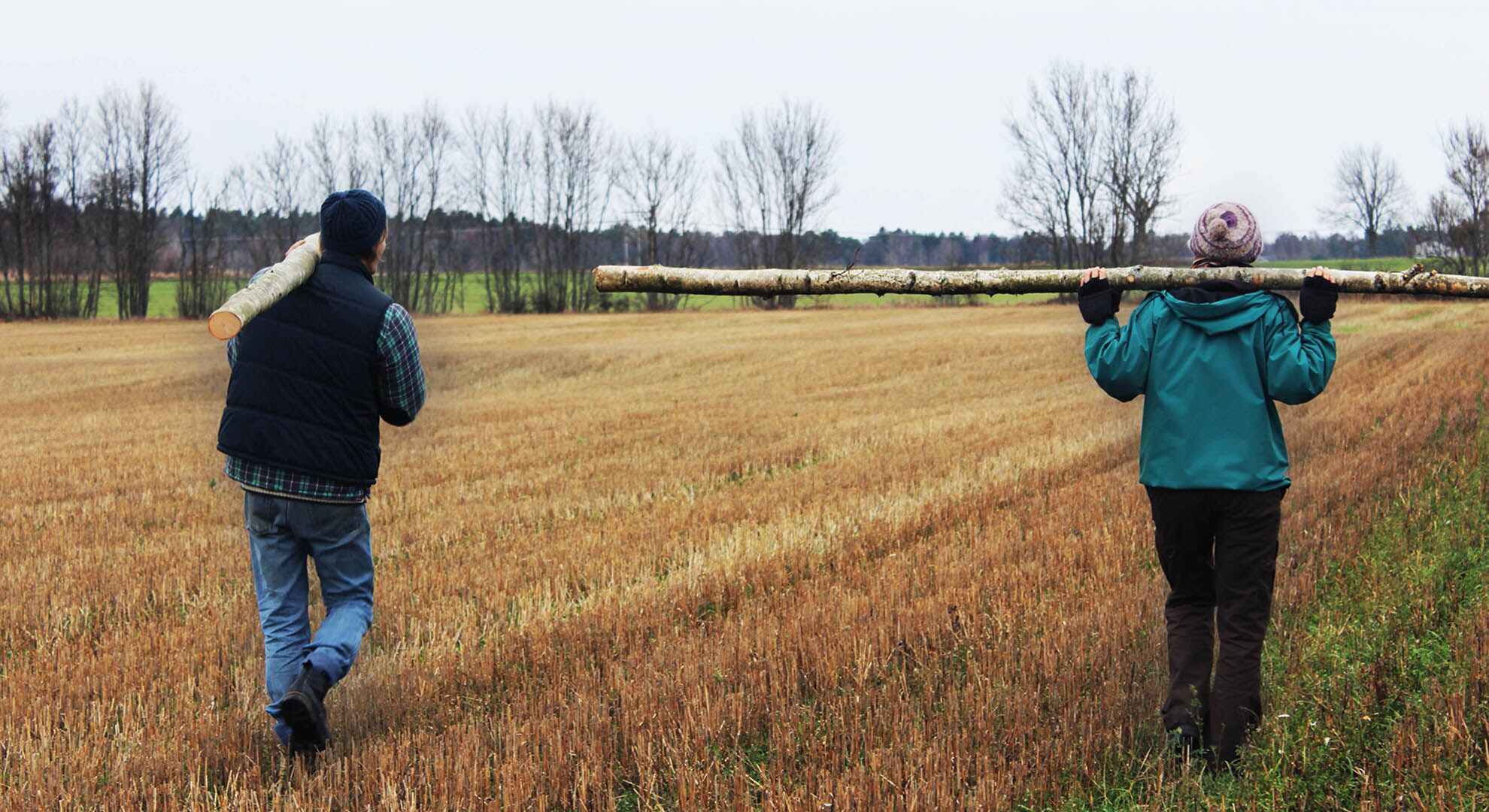
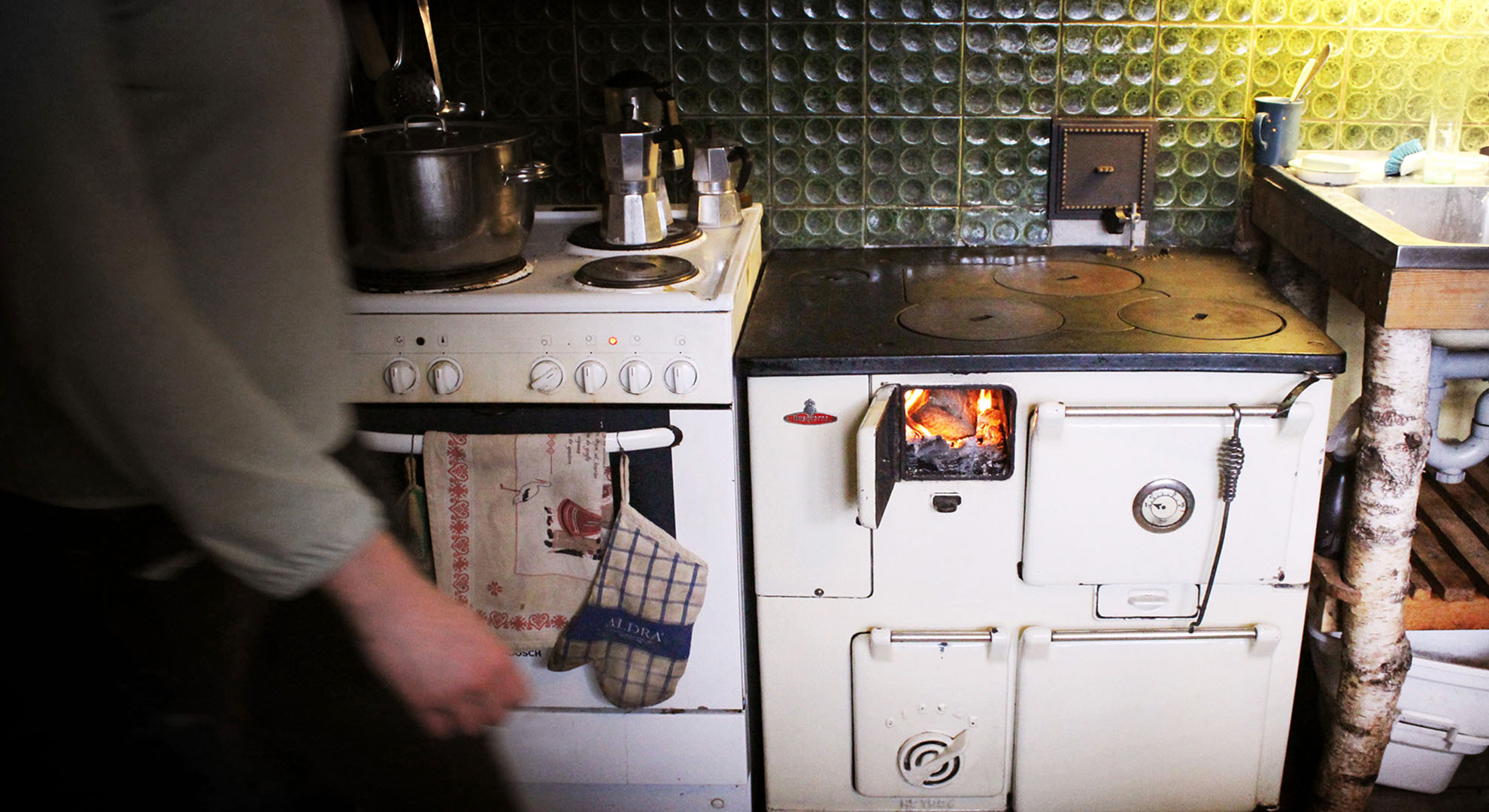
Suderbyn is just one example of over 2,000 intentional communities in Europe where people are trying to find new ways of making society and democracy, moving towards a more balanced relationship with natural resources, closer inter-human relationships, and alternative exchange systems of goods and money.
Although most of these communities experiment with off-the grid living and renewable energy-systems, little solid data has been published so far that explores the environmental impact of eco villages. Yet, The Ecological Footprint of the Findhorn Foundation and Community analyzed the impact of its habitants through Ecological Footprinting; a technique for measuring environmental impact. This is important because Findhorn is not a small, tucked-away little shack of hippies. This community in Scotland has existed since the 1970s and houses some 500 people. The report states the average ecological footprint for each resident of the Findhorn Ecovillage is 2.71 gha, while the same for a non-eco village resident of Scotland is 5.37 gha. This is a reduction of 49.5%. when viewed on a per person basis. More good news comes from Lammas, an eco-village in Wales (founded in 2011). They claimed a 1.55gha/cap in 2014, which is well below the Welsh average of 4.41gha/cap. These results are expected to be a combination of food production, eco-construction, car sharing, energy and water use reduction, re-use and other ecological measurements from small to large-scale.
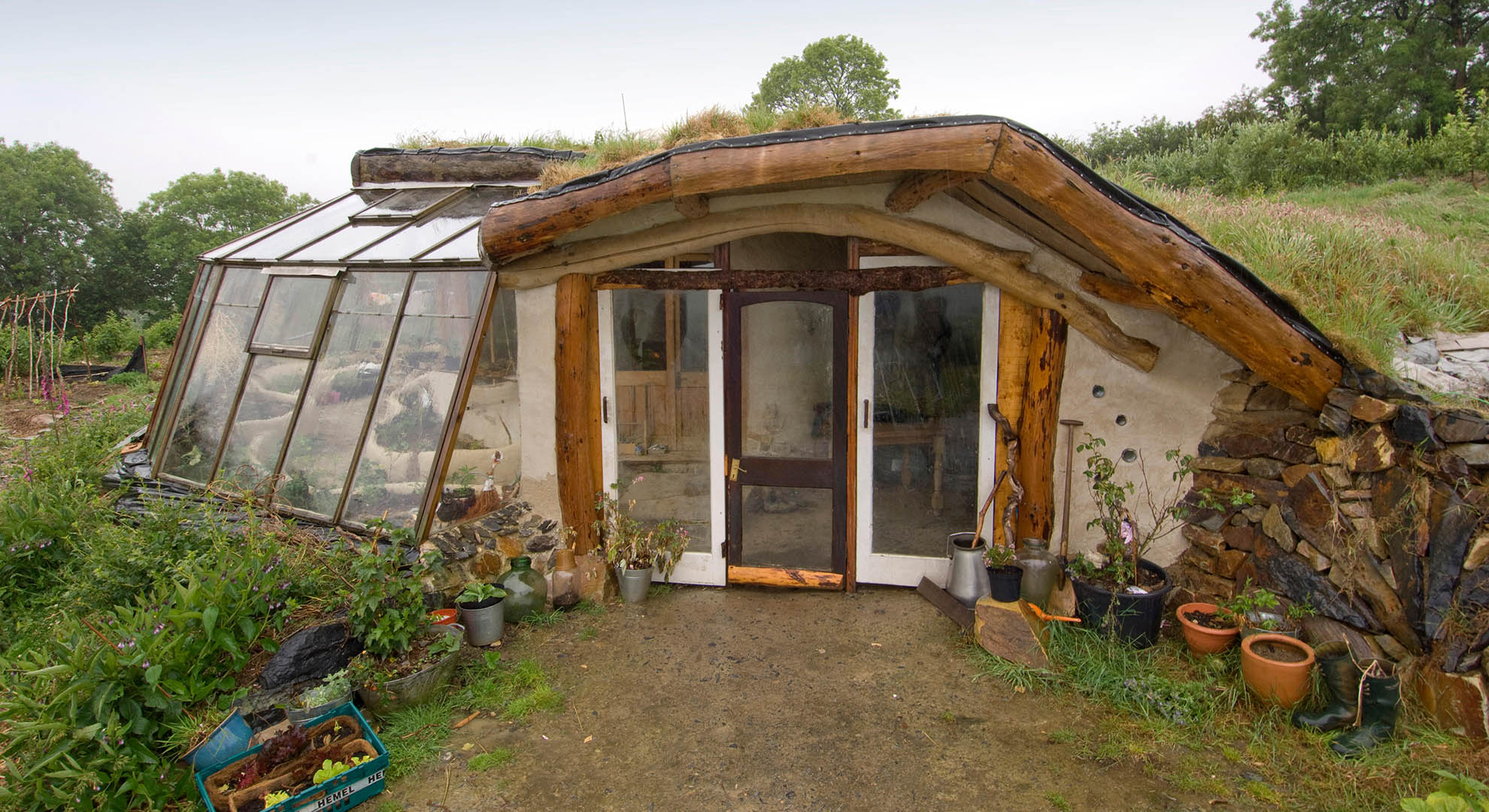
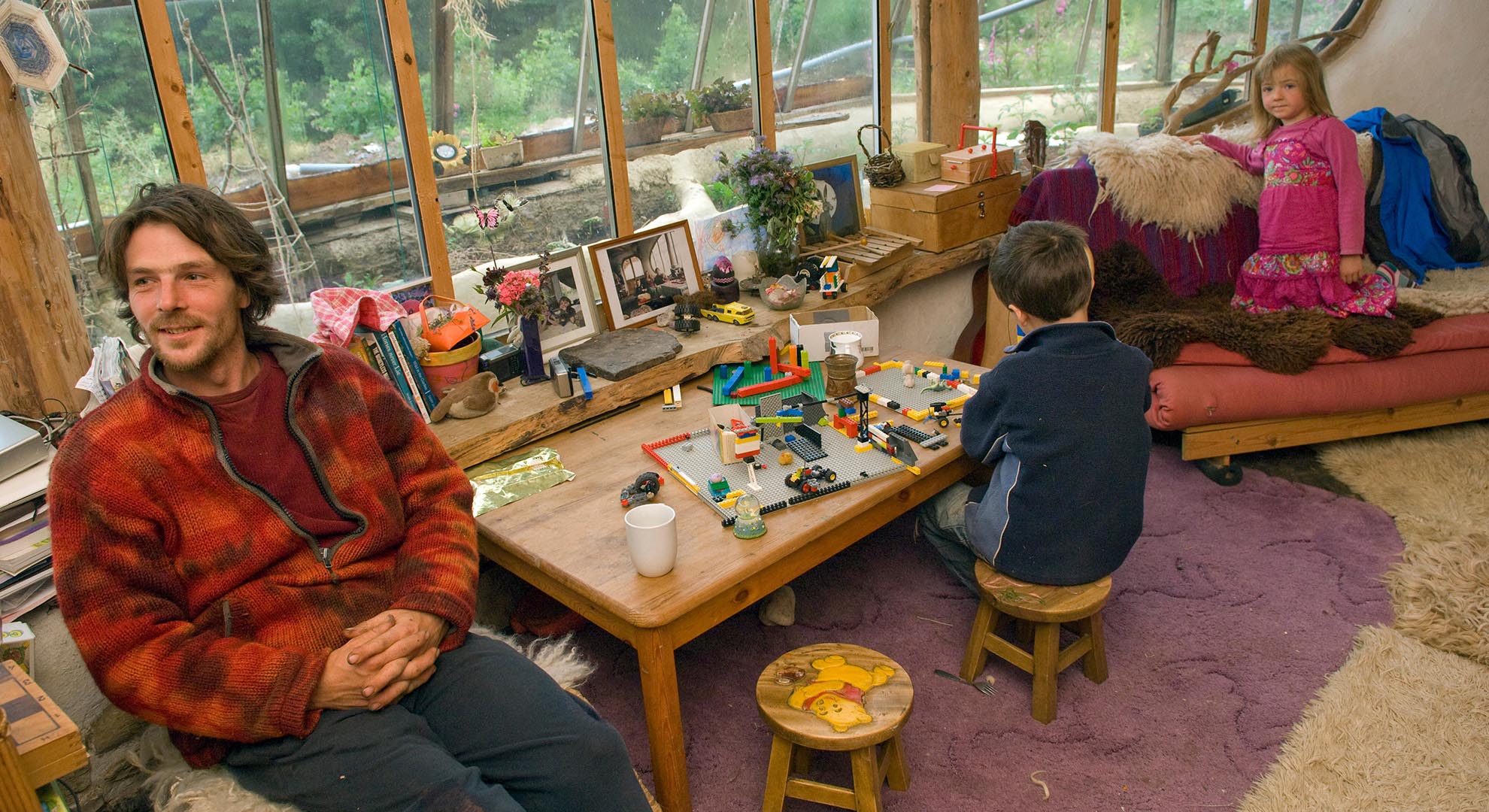
FAMILY AT LAMMAS ECO-VILLAGE. IMAGE BY ALAMY STOCK PHOTO
These intentional communities are not only about searching for a more sustainable lifestyle, but also about local traditions, about an independence of the powers that be, of unveiling the alternative, about radical landscape and agricultural innovations, a new aesthetics, experiment, and re-inhabiting empty villages.
But, one might argue, how can all these idealists solve global issues like energy, climate, food and economy?
It is true, that the real solutions can only be found in large-scale adaptation and awareness. But it is also true that a rise in the number of utopian communities is usually found during times of extreme industrialization. Two-thirds of all utopian novels were written in the 19th century, as a result of rapidly changing living conditions during the industrial revolution. Moreover, history has proven that these experiments can often transfer to common lore. The garden villages and intentional communities founded in the 19th century, did, in retrospect, strongly influence the way we view healthy living and working conditions today. As writer Jesse Sherry wrote in her 2014 thesis Community supported sustainability: how eco villages model more sustainable community, ‘They were busy finding ways of living that worked better under the new conditions than did traditional practices by testing new physical layouts and social policies. Although no single community became the model of a new society, the multitude functioned as technical and ideological experiments that allowed the development of many of the solutions that we use today.’
Today, an expanding group of people is looking for alternatives fueled by a growing concern for the environment and distrust towards politicians and global organisations in general. In many intentional communities, people are trying to find new ways of making society and democracy, moving towards a more balanced relationship with natural resources, closer inter-human relationships, and alternative exchange systems of goods and money. Like today, there was a rise in community living in the 1970s, of which some are still very successful (such as the example of Findhorn, above). They have developed and grown in time and adapted to new technological possibilities.
There is a powerful message in these initiatives, as these sustainable communities do not turn their backs on the outside world, but try to find new ways of recreating Europe by experimenting small-scale. Now that the European economy is picking up again, it is worthwhile to research the working methods of these communities and see whether we can draw valuable insights from them, which may help designers, urban planners and (landscape) architects to continue learning, and in turn help us all to create a more sustainable world.
Main image: the hamman of Suderbyn alternative community in Sweden
